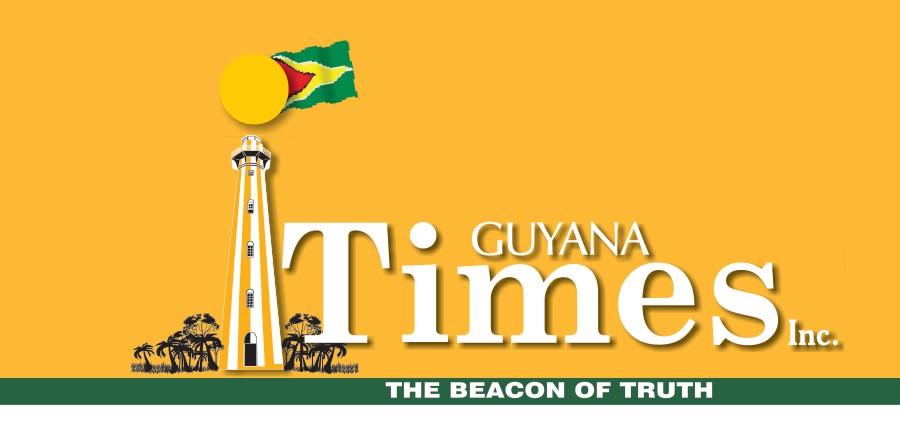Dear Editor,
The Government of Guyana’s initiative to place emphasis on early identification and intervention is commendable as it is instructive. The world over faces challenges in the education sector as the number of learners struggling continue to rise and in addressing those challenges is the matter of early identification and intervention to mitigate challenges for both the learner and the education sector in later years. Every child deserves the chance to reach their full potential. Yet for many children with developmental, learning, or behavioural challenges, that opportunity depends on one crucial factor — how early their needs are recognised and addressed. Early identification and intervention can change the course of a child’s life. When children receive the right support at the right time – across home, school, health, and community systems – they are more likely to thrive academically, socially, and emotionally.
Research consistently shows that the earlier challenges are identified, the better the outcomes. The first five years of life are a critical period for brain development. During this window, the brain is highly adaptable — it can form new connections, strengthen skills, and respond to supportive environments. Early intervention is not about labelling a child. It is about understanding their unique needs and giving them the tools and support they need to succeed. This can start with early screening at both educational and health facilities.
A cross-sector approach brings together professionals from multiple disciplines — teachers, social workers, psychologists, educational diagnosticians, paediatricians, and community organisations — to collaborate in identifying concerns early and designing coordinated interventions. Such collaboration helps ensure that health screenings in clinics link to follow-up support in preschools and schools, teachers who notice early learning struggles can refer families for developmental assessments done at education level, and community agencies can provide family counselling or housing support when needed.
Delays in identification and intervention can have lasting effects. Children who do not receive timely support may experience school failure, emotional distress, or social exclusion. Moreover, late intervention is more costly — emotionally for families, and financially for communities. Preventing problems early saves time, resources, and potential lifelong struggles. Early support is an investment that pays dividends for society as a whole.
For early identification and intervention to succeed, policy and practice must be aligned. Government and service agencies can strengthen outcomes by establishing shared referral systems between health, human services, and education sectors, providing joint training for teachers and health professionals, developing community-based intervention centres, and ensuring consistent data sharing and follow-up between sectors. Such integration ensures that every child, regardless of background or ability, receives consistent, coordinated, and compassionate care.
Early identification and intervention are not the responsibility of any one profession – they are a shared social commitment. When education, health, human services, and families unite around a common goal, they create a powerful safety net for every child. Inclusion begins with awareness, grows through collaboration, and blossoms when every child is given the chance to shine.
“It takes a village to raise a child — and a team to support one. Early intervention is not just good practice; it’s a promise of equity and hope.”
Yours sincerely,
Keon Cheong
Discover more from Guyana Times
Subscribe to get the latest posts sent to your email.









